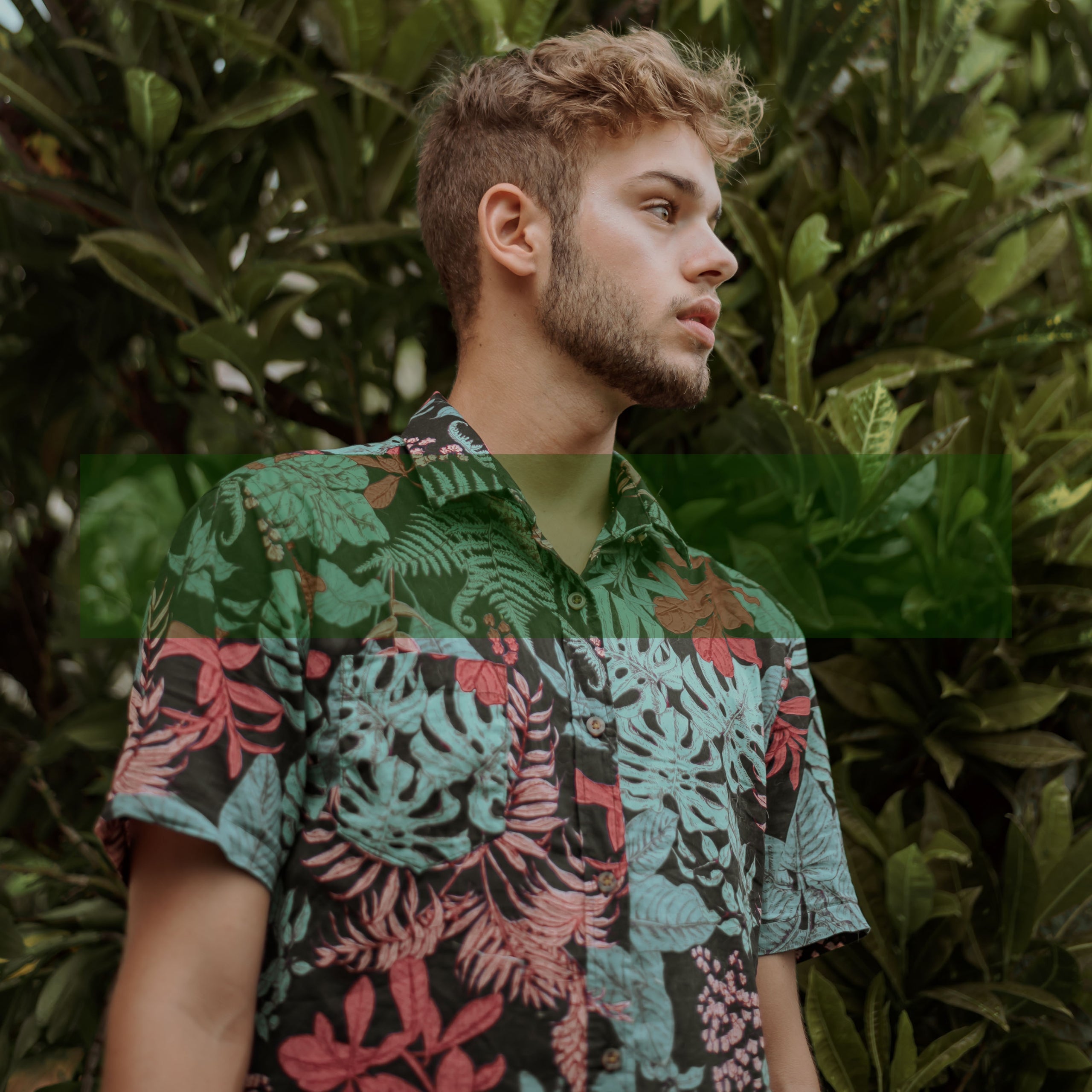Enchanting Art of Molas: Panama's Textile Treasures
Panama, a beautiful country in Central America, is a land of diversity and rich cultural heritage. One aspect of this heritage that has captured the attention of both locals and visitors alike is the vibrant and intricate textile art known as molas. In this blog, we will explore the fascinating world of molas, their origin, their cultural significance, and the techniques used to create these stunning pieces of wearable art.
The Origin of Molas
Molas are traditional, multilayered textile panels created by the indigenous Guna people of Panama and Colombia. The Guna people primarily reside in the Guna Yala region (formerly known as the San Blas Islands) along Panama's Caribbean coast and the surrounding mainland areas. The word "mola" originates from the Guna language and means "shirt" or "clothing." The art form dates back over a century and has evolved from body painting and beadwork to the complex fabric designs we know today.
Cultural Significance
Molas hold a profound cultural and spiritual significance for the Guna people. They are more than just a form of artistic expression; they are a vital part of the Guna culture and identity. Molas often depict natural elements, such as plants, animals, and marine life, as well as geometric patterns and mythological figures. These designs are meant to pay homage to the natural world and convey the Guna people's beliefs and stories.
Traditionally, molas are sewn by women as an essential component of their clothing, specifically as the front and back panels of a blouse called a "mola blouse." This blouse, worn with a wraparound skirt, headscarf, and beaded arm and leg bands, forms the traditional Guna women's attire. Wearing a mola blouse is a symbol of cultural pride and a way for Guna women to express their creativity and skill.
The Art of Mola Making
Molas are created using a reverse appliqué technique, which involves layering and cutting multiple pieces of fabric to reveal the colors beneath. This process begins with the selection of brightly colored fabrics, typically two to seven layers, which are then stacked and sewn together. The top layer is carefully cut away to expose the colors underneath, creating intricate patterns and images. Additional layers may be cut, folded, or sewn onto the design to add more depth and detail.
The process of creating a mola can take anywhere from a few days to several months, depending on the complexity of the design and the skill of the artist. The resulting mola panels are often framed and displayed as artwork or used to make clothing, bags, pillow covers, and other decorative items.
Preserving the Mola Tradition
In recent years, molas have gained international recognition, and the demand for these unique textiles has grown. While this has provided economic opportunities for Guna artisans, it has also led to concerns about cultural appropriation and the potential for mass-produced, inauthentic molas to enter the market.
To preserve the authenticity and cultural significance of molas, various initiatives have been launched to support Guna artists and promote their work. These efforts include training programs, fair-trade agreements, and the establishment of cooperatives to ensure the Guna people benefit from the sale of their creations.







Leave a comment